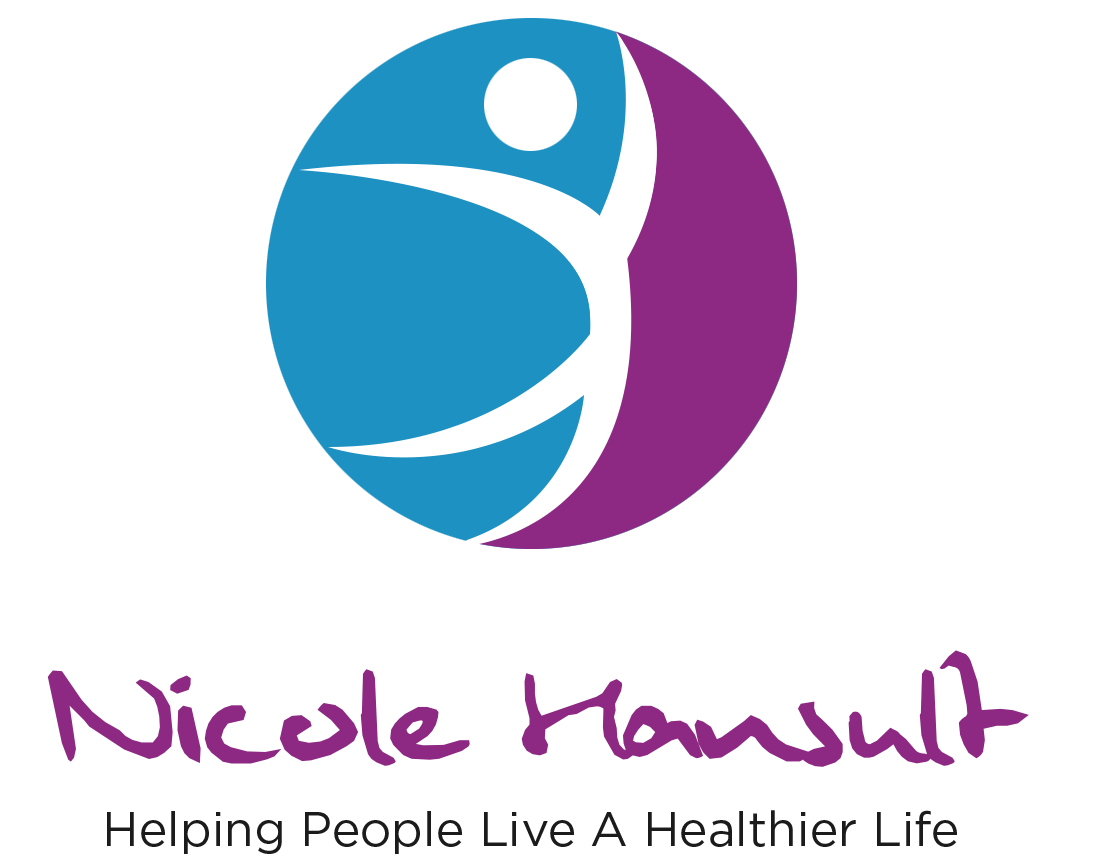Protein Powder 101: How to Fuel Your Body Over 40 (Without the Junk)
You’ve probably noticed that protein is having a moment. And that’s a good thing.
But as with all trends, there’s also a lot of confusion.
For people over 40, especially those trying to feel strong, energized, and confident in their bodies, protein isn’t just a fitness fad—it’s essential.
Why Protein Matters Over 40
As we age, we naturally start to lose muscle mass—a process called sarcopenia. That decline affects not just strength but metabolism, joint stability, bone density, and even mood.
Getting enough protein helps you:
Maintain and build lean muscle
Support your metabolism
Stabilize blood sugar
Feel fuller longer (goodbye, mid-afternoon snack crashes)
Support healthy skin, hair, nails, and joints
For most people over 40, I recommend at least 20g of protein per meal (ideally 30g+) — and one of the easiest ways to do that? A quality protein powder.
Start your day with a smoothie, stir it into oatmeal, or mix it with yogurt. It’s a simple habit that builds long-term health.
Not All Protein Powders Are Created Equal
Walk into any health food store and you’ll see it: rows of tubs promising muscle, glow, and weight loss. But here’s the truth—many of them are full of junk.
What to Avoid:
Added sugars (avoid more than 5g per serving)
Artificial sweeteners, colors, or flavors
Inflammatory oils that are industrial seed or vegetable oils like canola, soybean, cottonseed, sunflower (cold-pressed is ok), grapeseed, palm oil (especially hydrogenated or fractionated)
Soy, dairy, or egg (if you’re sensitive)
Fructose and high-fructose corn syrup
What to Look For:
A short ingredient list
A blend of plant-based or animal-based proteins with a full amino acid profile
A powder that’s low in sugar and free from artificial ingredients
Bonus: Nutrients like fiber, antioxidants, or adaptogens
What About Amino Acids?
To build and maintain muscle, you need essential amino acids—the nine your body can’t make on its own.
Animal proteins (like beef, egg, and whey) typically provide all nine. Plant proteins often need to be combined (e.g., pea + rice) to get the same benefit.
Why They Matter Over 40
After 40, our bodies become less efficient at absorbing and utilizing protein. That’s why the quality of protein—and its amino acid content—becomes even more important.
Without all nine essential amino acids, your body can’t:
Build or maintain lean muscle
Repair tissues effectively
Support metabolic and hormonal function
Recover efficiently from workouts
Look for products that list their amino acid profile or clearly state “complete protein.” Avoid “proprietary blends” that hide the actual amino acid content.
When to Use Protein Powder
For many of my clients, protein powder isn't a replacement for real food, but it is a powerful tool when used with intention.
I recommend it for anyone who:
Needs a quick, convenient way to boost protein intake, especially useful for breakfast
Wants a lighter meal option to support weight loss
Is looking for an add-on to help hit daily nutrition goals—especially after a workout
Struggles to get enough protein through regular meals alone
Whether blended with frozen fruit for a smoothie, stirred into oatmeal, or added to yogurt, protein powder can be a consistent, sustainable habit—especially when aiming to feel leaner, stronger, and more energized without overcomplicating your nutrition.
Types of Protein Powders (And My Take on Each)
Here’s a quick breakdown of common types of protein—and what to know before you scoop:
✅ Beef Protein
My top choice for most people. It’s a complete protein, dairy-free, and has a creamy texture. Think bone broth benefits in powder form.
✅ Pea Protein
Great for plant-based eaters. Easy to digest, solid amino acid profile. Best when blended with other plant proteins.
✅ Hemp Protein
High in omega-3s and fiber. Slightly gritty but blends well with other proteins.
✅ Chlorella Protein
Rich in antioxidants and nutrients, but bitter on its own. Best used in blends.
✅ Collagen
It’s not a complete protein, but it is great for skin, joints, and gut health. Combine with another powder for full benefits.
🚫 Whey Protein
A complete protein, but dairy-based, and can spike insulin. Many over 40 report bloating or weight loss resistance.
🚫 Soy Protein
Highly processed and often loaded with additives. Steer clear—there are better options.
My Philosophy
I don’t believe in perfection.
I believe in small, consistent choices that support your body and lifestyle.
Adding protein powder isn’t about hitting a perfect number every day—it’s about building a habit that makes you feel strong, clear-headed, and in control of your health.
And when you're over 40, that's everything.
Want to Feel Better in Your Body—Starting Today?
Grab my free guide, How to Look and Feel Good Naked Over 40.
You'll get simple, sustainable steps—including the protein-packed breakfast habits I use.
Because confidence starts from the inside, and you deserve to feel amazing in your body every day.
